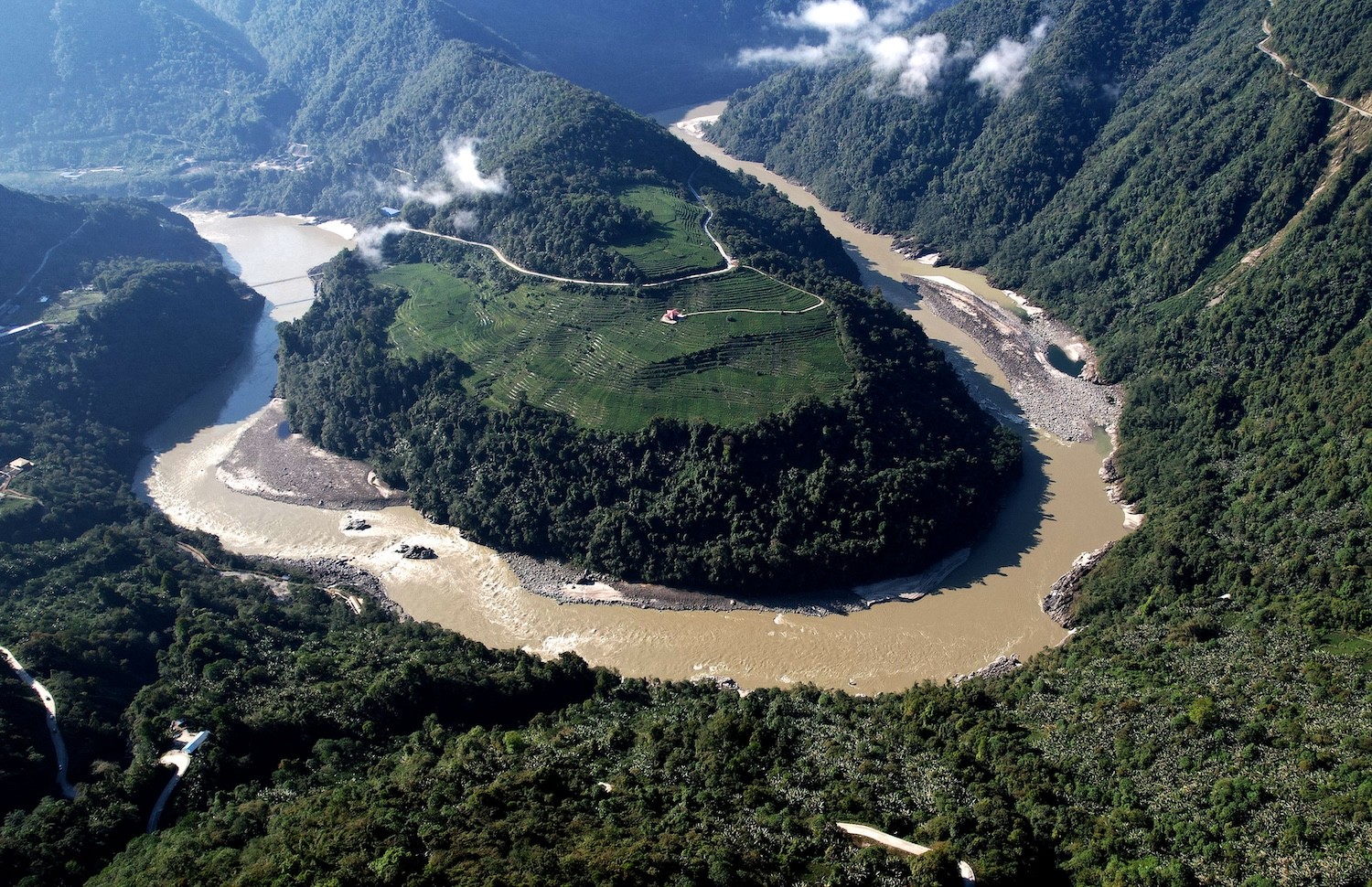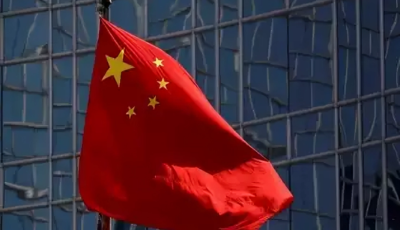China Begins Construction of Mega-Dam on Contested River in Tibet

China has begun construction of a massive hydroelectric dam on a transboundary river that flows through Tibet and into India, with Premier Li Qiang attending the groundbreaking ceremony on Saturday, according to state media reports.
The Yarlung Tsangpo River does not flow through Nepal. It is located in Tibet, China, and then flows into India as the Brahmaputra River. It is the highest river in the world, originating in the glaciers of the western Himalayas. It then flows through the Yarlung Tsangpo Grand Canyon, the deepest and longest canyon on Earth, before entering India. The river is a vital resource for several countries, including China, India, and Bangladesh, providing water, food, and electricity.
Approved by Beijing in December, the project is being built on the river known as the Yarlung Tsangpo in Tibet and the Brahmaputra in India. Chinese authorities have linked the initiative to the country’s carbon neutrality ambitions and broader economic development goals for the Tibet Autonomous Region.
“The electricity generated will be primarily transmitted to other regions, while also addressing local energy demands within Tibet,” stated Xinhua, China’s official news agency.
Once completed, the dam is expected to surpass the scale of the Three Gorges Dam on the Yangtze River — currently the world's largest power station by installed capacity — raising concerns about its potential downstream impact on millions of people in India and Bangladesh.
The project involves the construction of five hydropower stations, with total investment projected at approximately 1.2 trillion yuan (US$167.1 billion), according to Xinhua.
India expressed concern over the dam in January, stating it had raised the issue with China and would “monitor and take necessary measures to safeguard our interests.”
India’s Ministry of External Affairs said China had been urged to “ensure that the interests of downstream states of the Brahmaputra are not harmed by activities in upstream areas.”
In response, China's Ministry of Foreign Affairs stated in December that the dam project would not have any “negative impact” downstream and emphasized that China “will maintain communication with countries at the lower reaches” of the river.
In addition to geopolitical tensions, environmentalists have voiced alarm over the potential ecological consequences of such large-scale infrastructure on the fragile Tibetan Plateau — a region critical for Asia’s freshwater systems.
The project also unfolds amid broader strains between the two Asian giants, who share a long, disputed border and maintain large troop deployments along contested sections.














तपाईको प्रतिक्रिया दिनुहोस